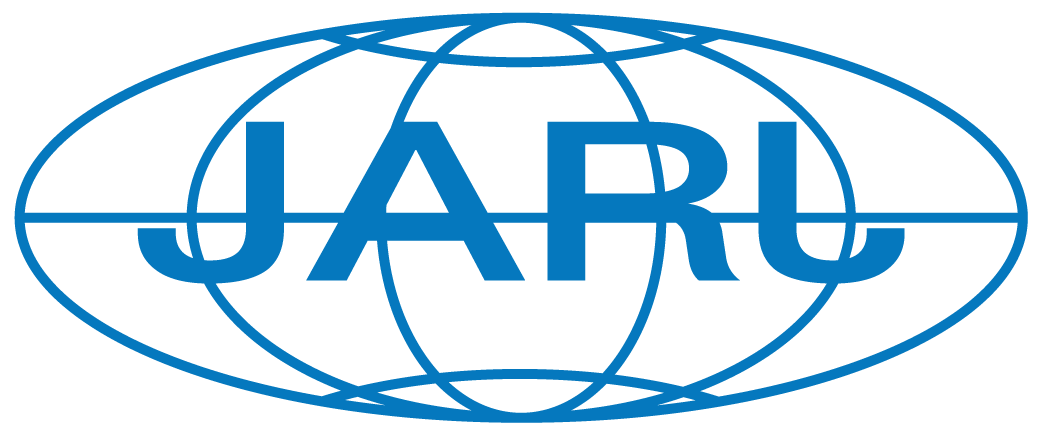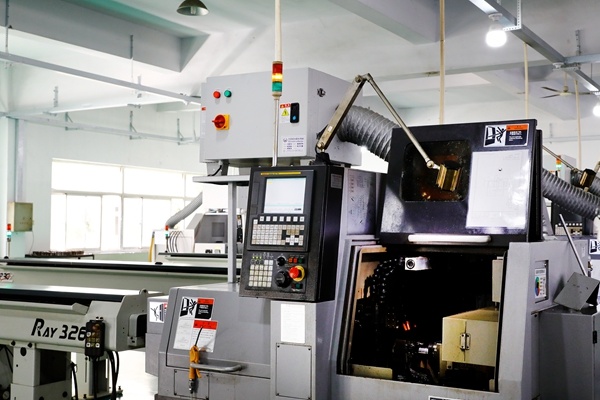What You Need to Know About Precision Sheet Metal Parts Design
Release Time:
Jun 11,2025
Understanding Precision Sheet Metal Parts Design Precision sheet metal parts design is a critical aspect of modern manufacturing, especially in industries such as automotive, aerospace, and electronics. These parts require careful planning and execution to meet strict tolerances and performance requirements. This guide will provide a thorough understanding of the design principles, materials use
Understanding Precision Sheet Metal Parts Design
Precision sheet metal parts design is a critical aspect of modern manufacturing, especially in industries such as automotive, aerospace, and electronics. These parts require careful planning and execution to meet strict tolerances and performance requirements. This guide will provide a thorough understanding of the design principles, materials used, fabrication processes, and best practices to ensure quality results.
The Importance of Precision in Sheet Metal Parts
When designing sheet metal components, precision is paramount. **Precision** not only affects the fit and function but also impacts assembly, durability, and overall product performance. **High-quality precision sheet metal parts** can lead to several benefits:
- Improved assembly quality
- Reduced manufacturing costs
- Enhanced product durability
- Better performance in intended applications
Understanding how to achieve and maintain precision throughout the design and manufacturing processes is essential for success.
Key Materials Used in Sheet Metal Design
Choosing the right material is one of the most important steps in precision sheet metal design. Each material has unique properties that can affect the performance and suitability of the final part. Here are some common materials used in sheet metal fabrication:
1. Steel
**Steel**, particularly mild steel, is widely used due to its strength, cost-effectiveness, and ease of fabrication. The material can be treated with finishes and coatings to resist corrosion and wear.
2. Aluminum
**Aluminum** is lightweight, corrosion-resistant, and offers excellent machinability. It is often used in applications where weight savings are crucial, such as in the aerospace industry.
3. Stainless Steel
**Stainless steel** is known for its durability and resistance to oxidation and corrosion. It is ideal for parts that will be exposed to harsh environments.
4. Copper
**Copper** exhibits excellent electrical conductivity and thermal properties, making it suitable for electronic components and heat exchangers.
5. Brass
**Brass** provides good machinability and corrosion resistance, often used in fittings and connectors.
Understanding the properties of these materials, including their mechanical characteristics, will guide the design process and influence decisions related to part thickness, fabrication methods, and finishing techniques.
Essential Design Considerations for Precision Sheet Metal Parts
When developing a design for precision sheet metal parts, several key considerations must be taken into account. These considerations will ensure that the final product meets both functional and manufacturability requirements.
1. Tolerances
Establishing **tolerances** is crucial in precision sheet metal design. Tolerances define the allowable variation in dimensions and can significantly influence both manufacturing costs and part performance. When specifying tolerances, consider:
- The function of the part
- Assembly requirements
- The capabilities of the chosen fabrication method
2. Thickness
The **thickness** of the sheet metal can impact everything from the strength of the part to the ease of fabrication. Thicker materials may be more durable but can be more difficult and costly to work with. Always choose a thickness that balances strength and manufacturability.
3. Bend Radii
Incorporating **bend radii** in your design is essential for ensuring the part's structural integrity. Too small of a bend radius can lead to cracking or failure during the bending process. Understanding the material’s properties can help in selecting the appropriate radii.
4. Features and Holes
Designing features such as holes, slots, and cutouts requires careful planning. Consider the following:
- Placement of features to avoid stress concentrations
- Size and type of the holes needed for fastening or assembly
- How features will influence the overall strength and rigidity of the part
5. Assembly and Joining Methods
Anticipate how parts will be assembled and what joining methods will be employed, such as welding, rivets, or adhesives. Each method has its own set of design requirements and limitations.
Fabrication Techniques for Precision Sheet Metal Parts
Understanding the various fabrication techniques is crucial for executing designs accurately and efficiently. The following methods are commonly used in precision sheet metal manufacturing:
1. Laser Cutting
**Laser cutting** provides high precision and can handle complex geometries. It is suitable for various materials and thicknesses, making it a versatile choice.
2. CNC Punching
**CNC punching** is ideal for producing holes and shapes in sheet metal. This method offers high speed and repeatability, making it efficient for high-volume production.
3. Water Jet Cutting
**Water jet cutting** is a non-thermal cutting method that can handle thick materials without affecting their structural integrity. It is particularly useful for delicate designs.
4. Bending
Precision bending techniques, including press brake bending, allow for accurate angular changes in sheet metal parts. Proper setup and tooling are critical to achieving the desired angles and tolerances.
5. Stamping
**Stamping** involves using dies to shape metal sheets into desired forms. It is a cost-effective method for producing high volumes of uniform parts.
Quality Control in Precision Sheet Metal Parts Manufacturing
Implementing rigorous quality control measures ensures that the final products meet specified standards. Quality control can include the following aspects:
1. In-Process Inspections
Conducting inspections throughout the manufacturing process helps identify defects early, reducing waste and rework.
2. Final Inspection
A final inspection should assess dimensional accuracy and surface finish. Utilizing precise measuring instruments can help in this process.
3. Testing and Certification
Depending on the application, additional testing may be required to verify performance under specified conditions. Consider certifications that may be applicable to the industry.
Best Practices for Designing Precision Sheet Metal Parts
To achieve optimal results in precision sheet metal design, consider the following best practices:
1. Collaborate with Fabricators Early
Engaging with fabricators during the early design phase can provide valuable insights into manufacturability and cost-effective design approaches.
2. Use Design Software
Leveraging advanced design software can enhance accuracy and streamline the design process. CAD software specifically tailored for sheet metal can simplify complex calculations and adjustments.
3. Consider Cost-Efficiency
While precision is essential, it is also necessary to balance quality with cost. Evaluate materials, processes, and designs that minimize waste and reduce production costs.
4. Document Everything
Keeping thorough documentation of designs, specifications, and changes will aid in maintaining consistency and quality throughout the manufacturing process.
5. Stay Updated on Industry Trends
The manufacturing landscape continues to evolve. Stay informed about new materials, technologies, and trends that can enhance precision and efficiency in sheet metal design.
Frequently Asked Questions (FAQs)
1. What is precision sheet metal fabrication?
Precision sheet metal fabrication refers to the process of cutting, bending, and assembling sheet metal components with a high level of accuracy to meet specific design requirements.
2. How do I choose the right material for my sheet metal part?
Consider factors such as strength, weight, corrosion resistance, and cost when selecting a material. Each application may have a different optimal choice based on these criteria.
3. What are the common tolerances for sheet metal parts?
Common tolerances can range from ±0.005 inches for high-precision applications to ±0.030 inches for less critical components. The specific tolerance should depend on the part’s function and fabrication method.
4. How can I improve the manufacturability of my designs?
Collaborate with fabricators early in the design process, use appropriate materials, and simplify the design as much as possible while retaining functionality.
5. What role does technology play in precision sheet metal design?
Technology, including CAD software and CNC machinery, plays a crucial role in enhancing accuracy, efficiency, and the ability to create complex geometries in sheet metal parts.
Conclusion
Precision sheet metal parts design is a multifaceted discipline that demands attention to detail, an understanding of materials and processes, and a commitment to quality. By considering key design factors, selecting appropriate materials, and employing effective fabrication techniques, we can create components that not only meet but exceed performance expectations. Engaging with expert fabricators and utilizing advanced technologies can further streamline the design and manufacturing processes. Ultimately, investing in precision sheet metal parts design will lead to enhanced product quality, reduced costs, and improved customer satisfaction.




